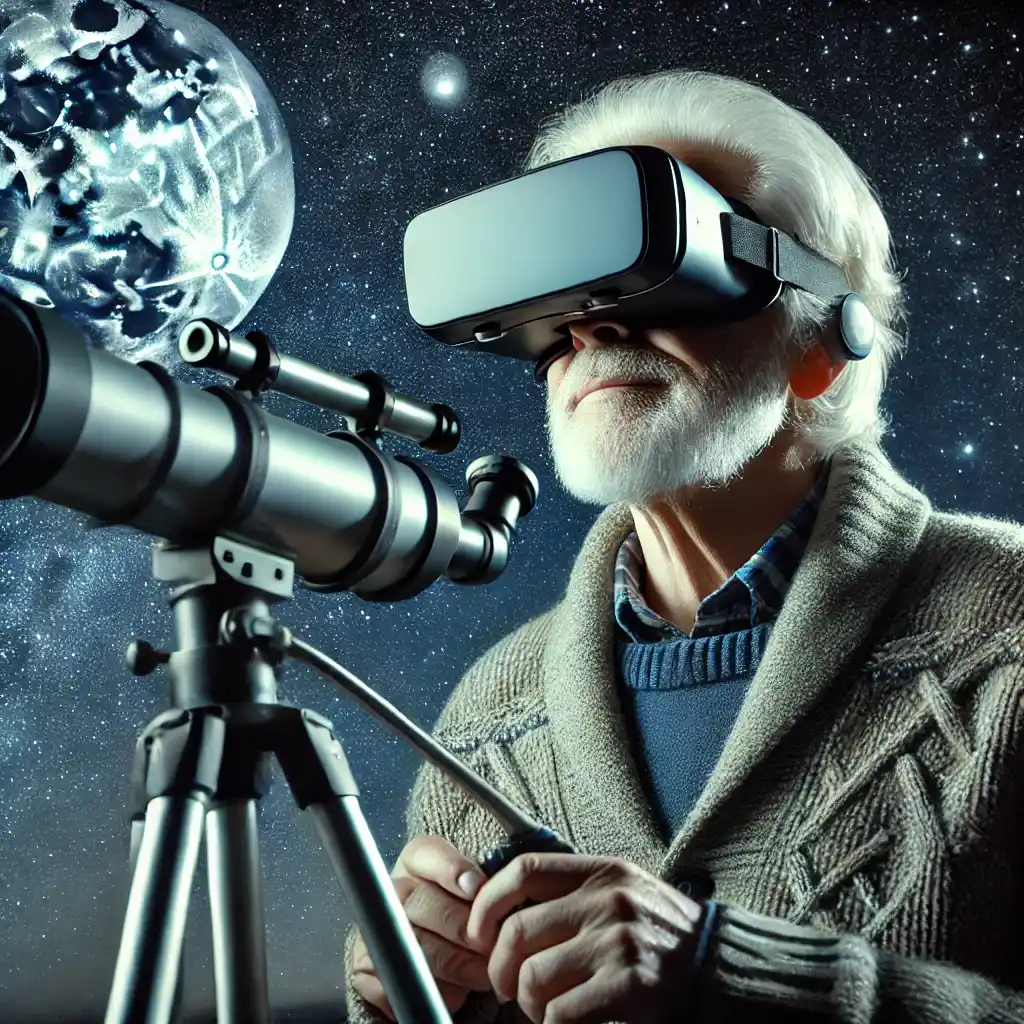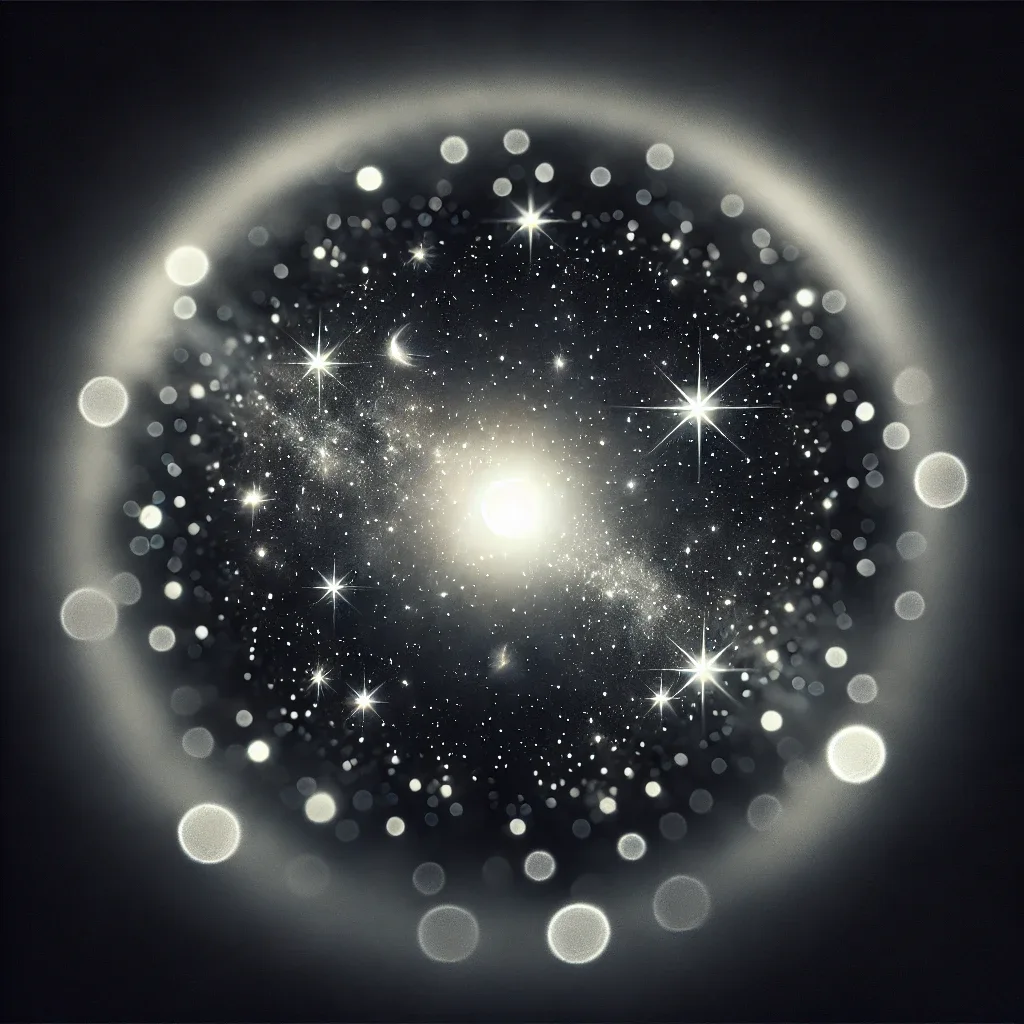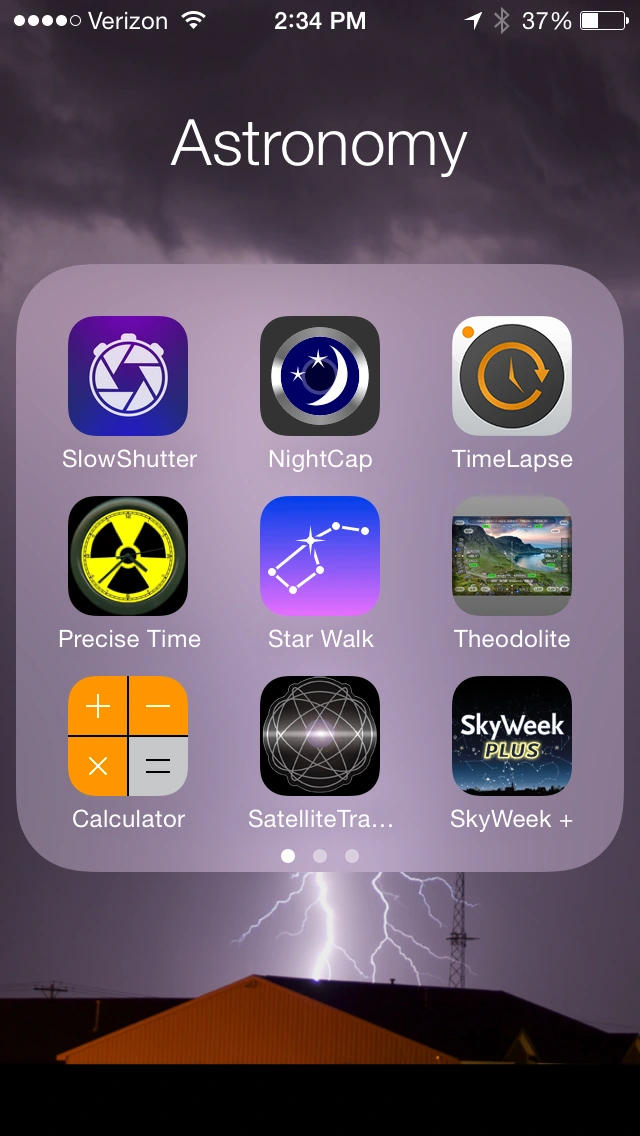 The vast universe and the twinkling stars have always been a source of wonder and inspiration for humanity. However, for low vision patients, appreciating the beauty of the night sky can be a challenge. With advancements in technology, these limitations are gradually being overcome. Whether through assistive devices, astronomy applications, or a combination of virtual reality and artificial intelligence, low vision individuals can now experience the mystery and splendor of the cosmos. This article explores how technology helps low vision patients enjoy the beauty of the night sky.
The vast universe and the twinkling stars have always been a source of wonder and inspiration for humanity. However, for low vision patients, appreciating the beauty of the night sky can be a challenge. With advancements in technology, these limitations are gradually being overcome. Whether through assistive devices, astronomy applications, or a combination of virtual reality and artificial intelligence, low vision individuals can now experience the mystery and splendor of the cosmos. This article explores how technology helps low vision patients enjoy the beauty of the night sky.
Why is Stargazing Difficult for Low Vision Patients?
1.  The Impact of Visual Impairment on Stargazing
The Impact of Visual Impairment on Stargazing
- Faint Light: Stars emit dim light, and low vision individuals may struggle with light sensitivity, making it difficult to distinguish tiny points of light.
- Limited Field of Vision: Some low vision individuals have restricted visual fields, preventing them from capturing the full expanse of the night sky.
- Blurred Details: Identifying constellations, galaxies, and celestial structures may be challenging due to reduced visual clarity.
2. Psychological Impact
- Some low vision patients may feel discouraged, believing that the beauty of the night sky is beyond their reach. However, technological advancements are transforming this perception.
How Technology Helps Low Vision Patients Enjoy the Night Sky
1. Assistive Devices: Enhancing Stargazing Details
Features of Zoomax Devices:
- Zoomax VR: This high-resolution assistive device is not only useful for reading but also for observing celestial objects such as constellations and the moon’s surface. It is also A portable device, ideal for capturing the glow of the night sky anytime, anywhere.
With magnification and high-definition imaging, these assistive devices help low vision individuals see previously indistinguishable celestial details, such as:
- Enlarged constellation outlines, making it easier to recognize patterns.
- Viewing the surface of the moon, including craters and mountains.
2. Astronomy Apps and Assistive Tools
Modern astronomy apps and assistive tools provide more possibilities for low vision individuals:
- Voice Description Features: Many astronomy apps (such as Sky Guide or Star Walk) offer voice navigation, describing celestial objects by name and position.
- Enhanced Contrast Mode: Adjusting contrast in star maps helps low vision users distinguish celestial bodies more clearly.
- GPS Location Assistance: Helps users quickly identify visible constellations or planets in their local sky.
3. Virtual Reality (VR) and Augmented Reality (AR) Technologies
- Immersive VR Experience: VR technology allows low vision individuals to enjoy a simulated starry sky in a pollution-free environment, providing a breathtaking view of the galaxy.
- Interactive AR Features: AR glasses overlay real-time star maps, enabling users to identify and learn about celestial objects through assistive technology.
4. The Breakthrough of Smart Telescopes
- Smart telescopes (such as the Unistellar eVscope) are equipped with digital imaging technology that enhances faint starlight, displaying it on a screen.
- These smart telescopes also work with mobile apps, converting images into magnified formats for better accessibility.
5. Tactile Star Maps: Experiencing the Night Sky through Touch
- Tactile Star Maps: By converting star maps into 3D models or tactile charts, low vision individuals can explore constellations and star positions through touch.
- Voice-Assisted Touch Screens: When users touch a specific area, the device provides an audio description of the celestial object.
Practical Stargazing Tips for Low Vision Patients
1. Choosing the Right Stargazing Location
- Avoid Light Pollution: Find areas away from city lights, such as observatories or rural locations.
- Check the Weather in Advance: Ensure clear skies to avoid obstruction from clouds.
2. Using the Right Devices and Tools
- Combine assistive devices with astronomy apps to take full advantage of magnification, contrast enhancement, and voice descriptions.
- Use VR technology or smart telescopes for a more detailed stargazing experience.
3. Learning Basic Astronomy
- Use astronomy apps or audio courses to learn about constellations, planets, and celestial events.
- Practice with tactile star maps to become familiar with the spatial arrangement of constellations.
Experiencing the Universe Through Multiple Senses
Even with limited vision, low vision individuals can still appreciate the cosmos through multiple sensory experiences:
1. Hearing: Listening to the Sounds of Space
- While space itself is silent, many scientists and musicians have transformed astronomical data into sound:
- Planetary orbits have been converted into musical tones.
- Star oscillations have been transformed into audible frequencies.
- These audio experiences allow low vision individuals to “hear” the universe.
2. Touch: Understanding Celestial Structures Through Hands-On Models
- 3D-printed models can help individuals understand the shapes of constellations, planets, and galaxies.
- Tactile star maps enable users to explore the universe by touch.
3. Imagination: Seeing the Universe with the Mind’s Eye
- Astronomers’ descriptions, science books, and documentaries can help low vision individuals visualize celestial wonders.
- Books like Carl Sagan’s Cosmos inspire readers to experience the universe beyond sight, connecting on a philosophical and emotional level.
Expanding the Boundaries of Low Vision Living with Technology
Technology not only allows low vision individuals to appreciate the night sky but also empowers them to explore new realms:
- Contributing to Astronomy Research: Users can assist scientists by recording data through astronomy apps.
- Learning Astronomy Courses: Assistive technology helps individuals study celestial sciences in greater depth.
- Unlocking Creativity: The beauty of the universe can serve as inspiration for poetry, music, and artwork.
Conclusion: An Infinite Universe, Infinite Possibilities
The universe is limitless, and technology enables low vision individuals to transcend visual limitations and reconnect with the night sky. From assistive devices to virtual reality, from smart telescopes to tactile star maps, each innovation opens new doors for accessibility. With a spirit of curiosity and exploration, everyone can experience the awe-inspiring beauty of the cosmos.
For more information on low vision solutions, visit:
https://zoomax.com/category/low-vision-information/
 FAQs
FAQs
1. How can low vision patients use technology to enjoy the night sky?
Low vision patients can use Zoomax VR, smart telescopes, voice-assisted astronomy apps (such as Sky Guide or Star Walk), and virtual reality (VR) and augmented reality (AR) technologies to magnify and enhance celestial details, making constellations, planets, and the moon’s surface more visible.
2. What are the best astronomy apps for low vision users?
The best astronomy apps for low vision users include:
- Sky Guide (provides voice navigation and celestial object information)
- Star Walk 2 (features enhanced contrast mode and real-time positioning)
- NASA App (offers cosmic audio and high-resolution star maps)
These apps utilize GPS, voice descriptions, and contrast enhancement to help low vision users explore the night sky more easily.
3. How can low vision patients perceive the stars through touch?
Low vision patients can use tactile star maps or 3D-printed constellation models to explore the spatial arrangement of celestial objects through touch. Additionally, voice-assisted touchscreens can provide audio descriptions when users touch different areas of a digital star map.
4. How do smart telescopes assist low vision users in observing celestial objects?
Smart telescopes (such as Unistellar eVscope) utilize digital imaging technology to enhance faint starlight, displaying a clearer image on a screen. These telescopes also connect to mobile apps, allowing users to zoom in on celestial objects and receive real-time voice descriptions of stars and planets.



